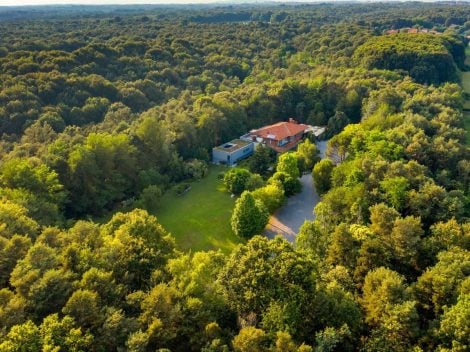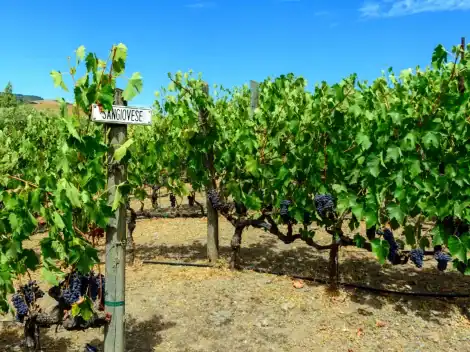What is American fudge
Like a melt away and chewier toffee, fudge is a small delicacy very popular in Anglo-Saxon countries and still little known in Italy. It is appreciated especially in the winter season, particularly at Christmastime. A kind of fondant made with sugar, milk and butter, boiled together until it acquires a creamy and smooth consistency. Quite common in the markets of Northern Europe, they were invented by the Americans, according to some food historians on 14 February 1886. Little is known about its precise origins: some say that it was accidentally created in a Baltimore factory after a batch of caramel re-crystallised, creating a soft mush with a unique texture. It seems that the artisans then exclaimed, "Oh, fudge!", an expression that later gave the sweets their name. The Midlands region in England and parts of Scotland also have different versions of this speciality, whose fame undoubtedly originated in colleges.
Hartridge and the first fudge recipe
One of the first recorded mentions of fudge was in a letter written in 1892 by Emelyn Battersby Hartridge, founder of the Hartridge School in Savannah and then a student at Vassar College in Pughkeepsie, New York. A woman who went down in history for her commitment to education, but for many she was famous for her fudge: in the letter, she recounted how a Baltimore-based cousin of one of her classmates made these sweet little cubes in 1886 and sold them for 40 cents a pound (a bit less than half a kilogram). And there’s more: Hartridge got his recipe and proceeded to make more than 30 pounds of it for the Vassar College senior auction, making it popular among other women's colleges, where female students began replicating the dessert.
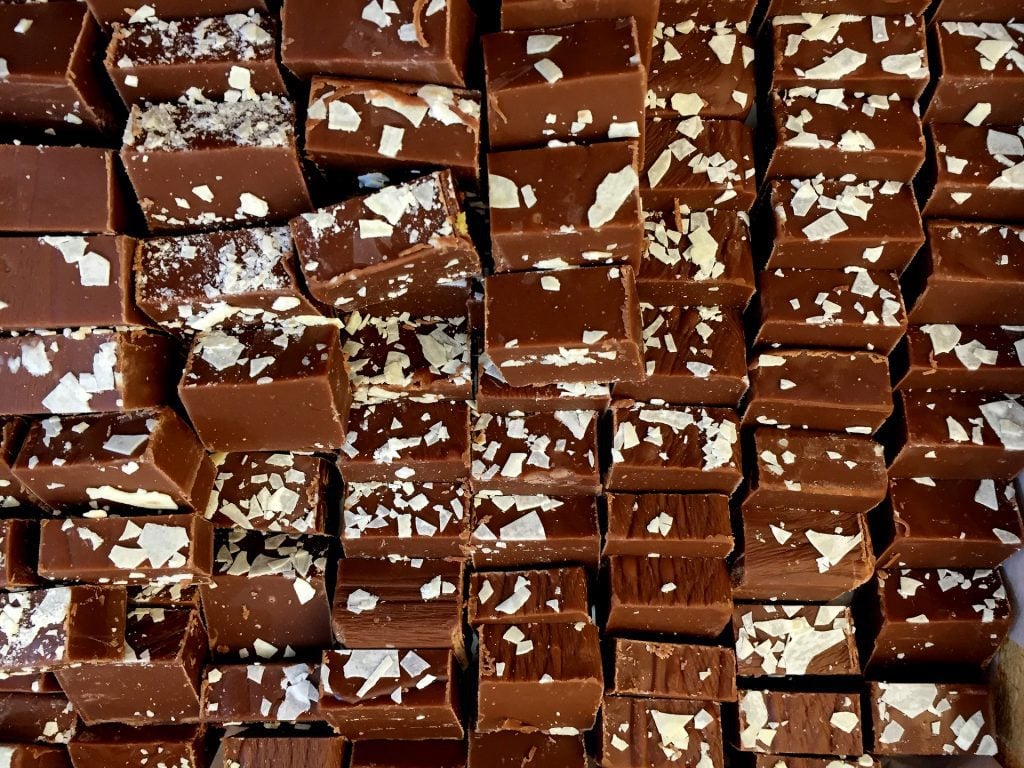
College fudge
For this very reason, the first fudge recipes refer to the product as a ‘college’ speciality. In 1897, the New York Tribune stated that fudge was best enjoyed "when a dozen or more girls are congregated in a room, sitting on sofa cushions spread out on the floor in a mystic circle around an alcohol stove, from which the odour of fudge rises like incense". Today, the idea of an alcohol stove in an educational environment may seem a little crazy, but at the time it didn’t sound so wacky. Students used to cook over their wall-mounted gas lamps, and held sauce-pans full of molten fudge to cool it. Another early mention of fudge, in fact, comes from a 1893 poem, which tells of the practice of preparing fudge in these sauce-pans held in air. Vassar College's fudge was a classic chocolate, butter and sugar sweet, while other colleges began to create different versions, such as Wellesley College's marshmallow-filled fudge and Smith College's fudge with molasses. In any case, fudge was a daily staple of female students, so much so that the American writer Sarah Tyson Rorer – America's first dietician – wrote that sugar binges took female students straight to the infirmary, "with a gallbladder attack".
The original fudge recipe
Sure, they're high in calories and sugar, and perhaps not exactly good for your health, but for lovers of the genre they're a real treat. Unlike toffee, perfect fudge requires the sugar crystal formation. This makes the fudge hard and smooth at the same time, since the crystals are so small and fine that they do not turn out grainy. The recipe calls for sugar, butter and milk, but many are the delicious variations to try out for a little pampering. For those who would like to make fudge at home, here is the original Hartridge recipe, simple and foolproof.
Ingredients
2 cups sugar
1 cup cream
60g dark chocolate
1 tablespoon butter
Combine sugar, coarsely chopped chocolate and cream in a saucepan. Cook over medium heat, stir to blend until temperature reaches 115°C or test in water: it is ready when a drop of the mixture in a cup of cold water forms a soft ball. Remove from heat, add butter and let cool. Beat with a whisk until the mixture is set and pour it on a buttered plate. Cut into squares before the fudge becomes too hard.
by Michela Becchi

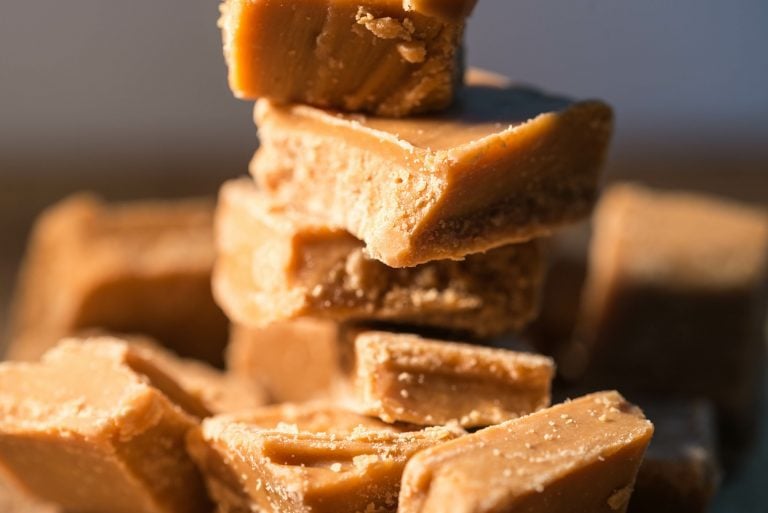
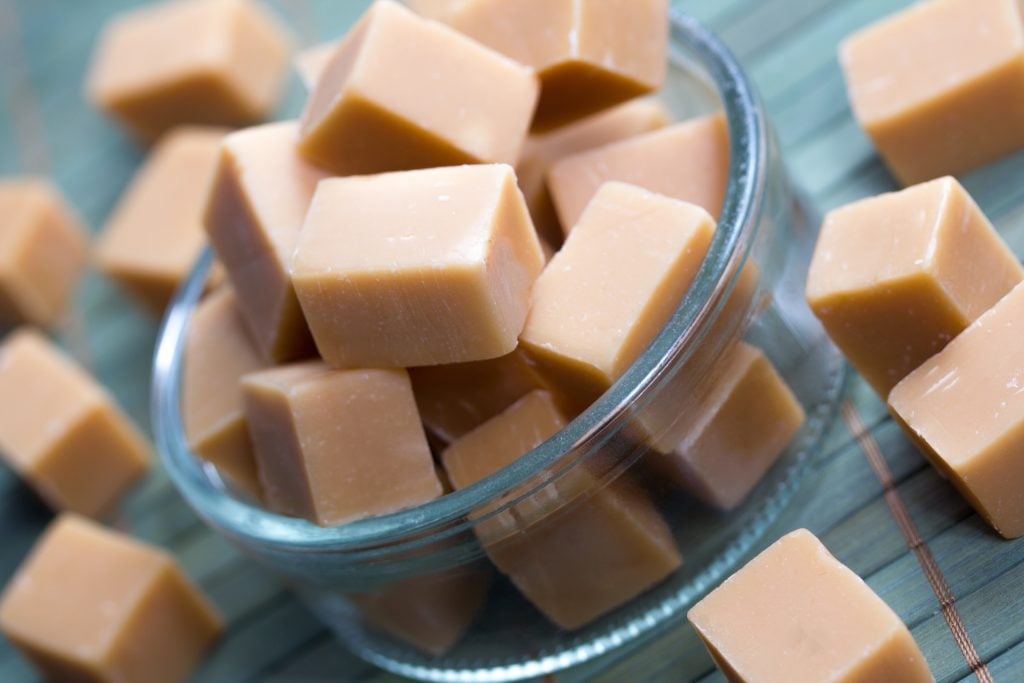
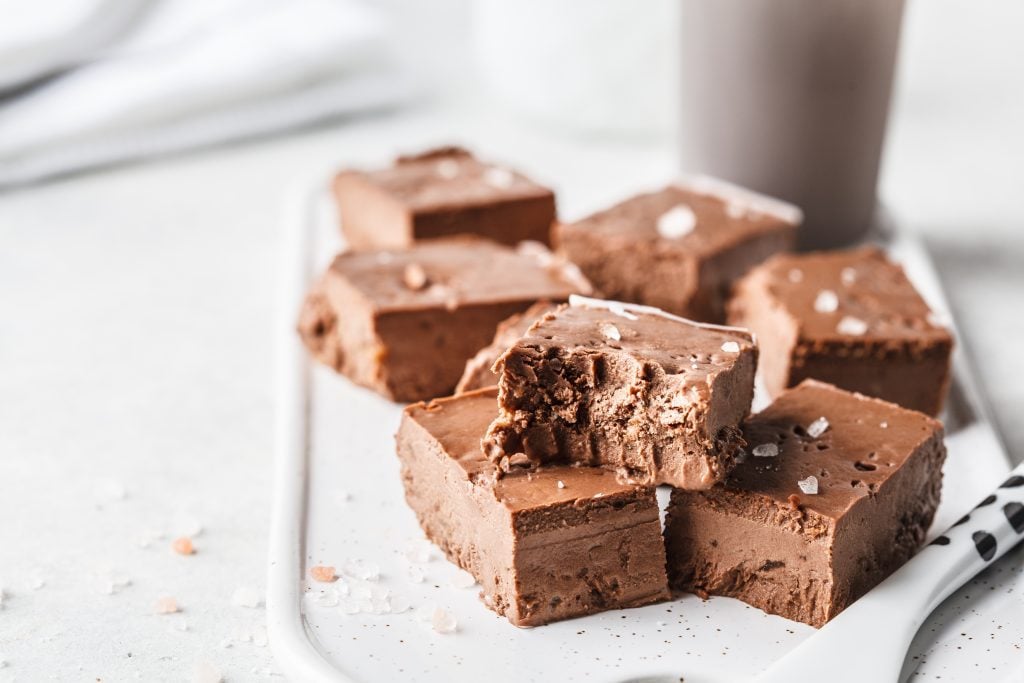
 “In Chianti, warehouses are full and prices are falling”. The economic crisis of Tuscan wine explained by Giovanni Busi
“In Chianti, warehouses are full and prices are falling”. The economic crisis of Tuscan wine explained by Giovanni Busi US tariffs will take effect on 1 August for everyone (including wine). Prosecco DOC: “it’s impossible to plan for the future
US tariffs will take effect on 1 August for everyone (including wine). Prosecco DOC: “it’s impossible to plan for the future Diego Rossi of Trippa opens a new osteria: what you can eat at Nino Osteria con Cucina in Milan
Diego Rossi of Trippa opens a new osteria: what you can eat at Nino Osteria con Cucina in Milan How you eat at Sentiero, the restaurant Elba Island was missing
How you eat at Sentiero, the restaurant Elba Island was missing
